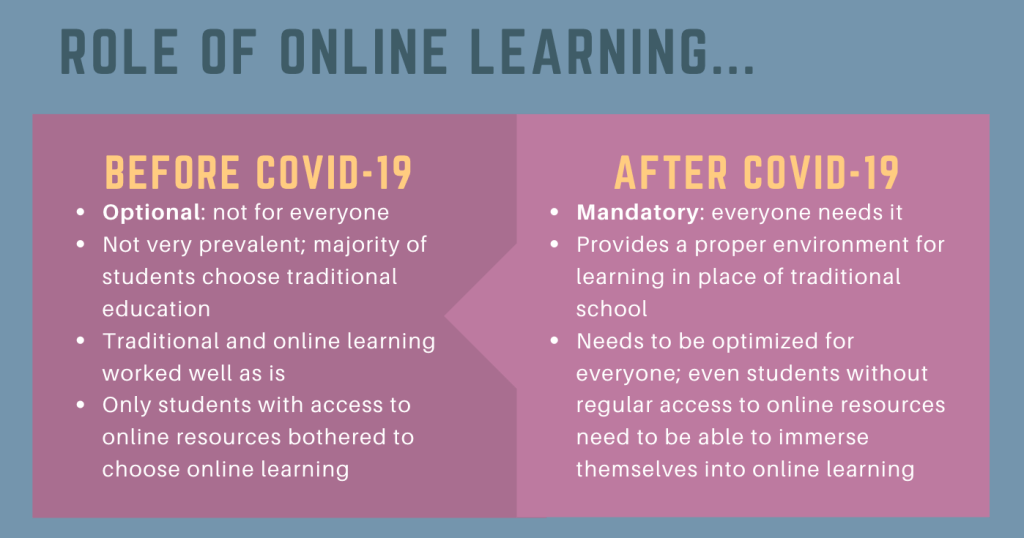
Virtual Learning: The Pros and Cons

We are diving into a topic that has reshaped education over the past few years—Virtual Learning. We’ll explore the benefits, challenges, and what it means for students, parents, and educators alike. So, whether you’re a teacher, a student, or a parent navigating this new educational landscape, this episode is for you!
[Segment 1: The Pros of Virtual Learning]

- Flexibility: One of the biggest advantages is the ability to learn anytime, anywhere. Students can adapt their schedules to fit their learning needs, especially beneficial for those balancing extracurricular activities or personal responsibilities.
- Personalized Learning: Virtual learning allows individualized pacing. Some students grasp concepts quickly, while others need extra time—online learning accommodates both.
- Access to Resources: With virtual education, students have access to a wide range of online tools, digital libraries, and expert educators from across the world. Tutoring sessions can also be recorded for later review
- Comfort and Convenience: Learning from home can create a comfortable environment, reducing stress and improving focus for many students.
- Technology Skills: Online learning helps students become proficient with digital tools, an essential skill in today’s workforce.
[Segment 2: The Cons of Virtual Learning]

- Lack of Social Interaction: Traditional classrooms provide opportunities for peer engagement, teamwork, and communication skills that virtual settings may struggle to replicate. I think that to increase engagement and social interaction, it should be required that both the online tutor and the student have their microphones and cameras turned on. Only in exceptional technical circumstances beyond control should either of those devices be turned off.
- Self-Discipline Challenges: Without direct supervision, some students may struggle with time management and stay motivated.
- Technical Issues: Not all students have access to reliable internet or devices, leading to disparities in learning opportunities.
- Limited Hands-On Learning: Subjects like science labs, art, or physical education can be challenging to adapt to an online format.
- Screen Fatigue: Extended screen time can lead to eye strain, decreased focus, and fatigue, impacting student well-being.
[Segment 3: Finding a Balance] So, how can students, parents, and educators make the most of virtual learning while minimizing the downsides? Here are a few tips:

- Set a structured schedule and create a dedicated learning space.
- Encourage interactive activities like virtual study groups and discussions.
- Incorporate breaks and offline activities to reduce screen fatigue.
- Use a mix of digital and traditional learning methods to enhance engagement.
[Conclusion] Virtual learning is here to stay, and while it comes with its share of challenges, it also offers incredible opportunities. The key is to find the right balance and adapt strategies that work best for each learner.
What do you think about virtual learning? I’d love to hear your thoughts! Connect with me on social media or visit my website at MrBTheTeacher.com.


Leave a Reply